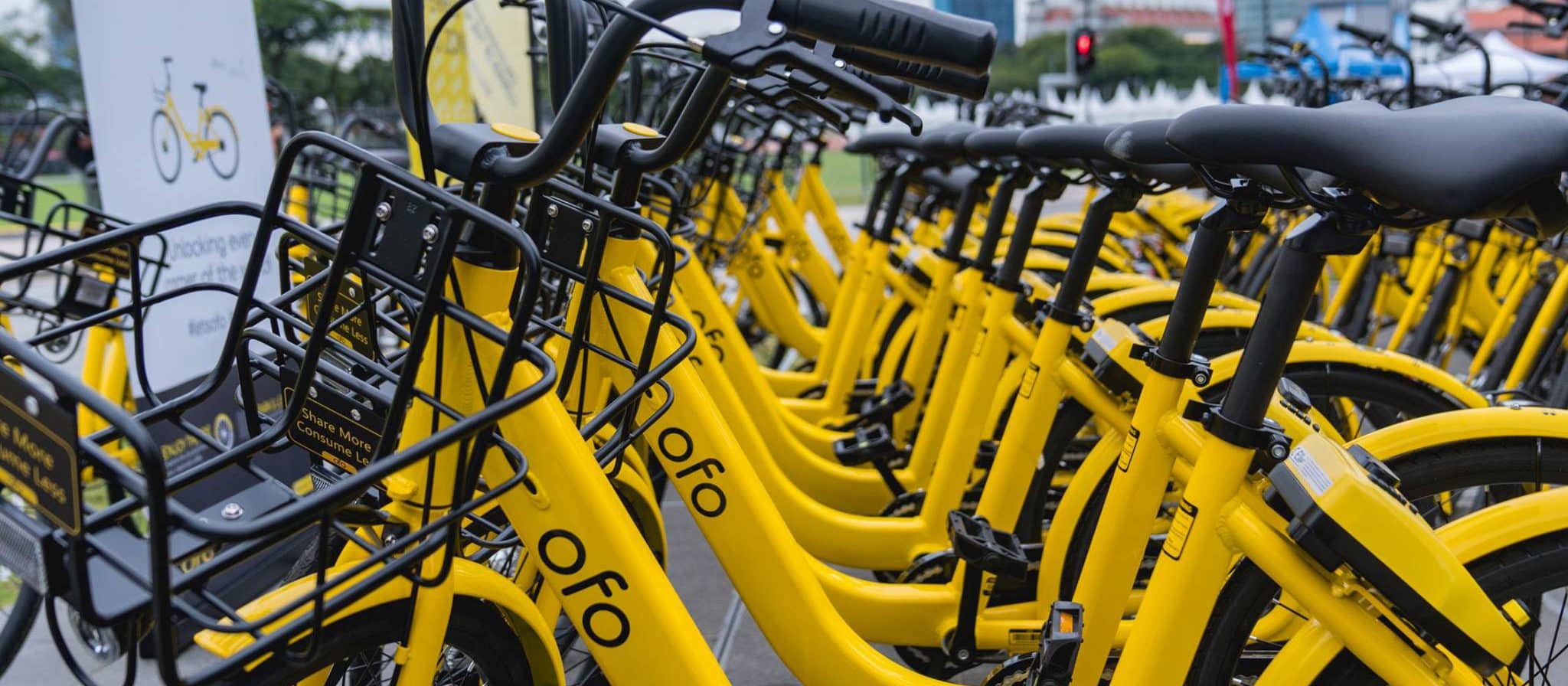Scientists at A*STAR’s Genome Institute of Singapore (GIS) have developed a technology that shows how genes in healthy stomach cells are altered when they become cancerous. The study was reported in the scientific journal, Nature Communications on 10th July 2014.
According to the World Health Organization, stomach cancer, also known as gastric cancer, is a major cause of cancer death worldwide. In order to find a cure for stomach cancer, it is important to find more efficient ways to study how genes mutate into cancerous cells from healthy stomach cells.
Current methods being conducted to study protein-DNA interactions in cancerous stomach cells require large amounts of DNA. A group of scientists, led by Prof Patrick Tan, Principal Investigator of the Cancer Therapeutics and Stratified Oncology laboratory at GIS, have developed a technique to study the same reactions using far less DNA amounts. This allows them to analyse tissue samples directly from human patients, making their technique more efficient than current methods. The scientists achieved this by successfully applying a technique known as Nano-Chromatin immuneprecipitation sequencing (Nano-ChIPseq) to stomach tumour cells.
When using the Nano-ChIPseq technique, the scientists found that stomach tumours exhibited a strong tendency to carry abnormal modifications in the beginning regions, also known as cryptic promoters. Hence, they propose using cryptic promoters as a potential target for developing anti-cancer treatments for stomach cancer. The technique developed at GIS can detect stomach cancer cells using smaller amounts of tissue – making it more efficient in testing for stomach cancer. Therefore, the scientists propose the technique to be further developed into a diagnostic tool for stomach cancer.
Prof Tan said, “Our group applies the tools in cancer genomics to analyse stomach cancer. Using the latest DNA sequencing technologies developed in our institute, the tumour cells are comprehensively analysed to identify molecular differences between cancer cells and normal tissues. More importantly, due to quantum leaps in the scale and throughput of DNA and biocomputing technologies, complete human genomes can now be sequenced in only a few days, at a very low cost. Compare this: the original human genome project which was completed in the early 2000s required billions of dollars and hundreds of researchers. Today, thousands of tumours can be sequenced, analysed and shared by relatively small academic laboratories.”
“There are several types of cancer that occur more frequently in Asia than in the West,” said Prof Ng Huck Hui, Executive Director of GIS. “These include stomach and liver cancer. Comparatively little is known about the underlying biology of these Asian cancers. Reflecting the lack of understanding, these cancers typically have very poor prognosis. Hence, there is this urgent need for us to apply the latest scientific techniques to develop better ways to diagnose and treat Asian cancers. What is even more promising about this important work by Prof Tan and his team is that the technology used here can also be broadly applied to other disease domains and pathologic conditions, since epigenomic changes occur in all human diseases. I congratulate Prof Tan and his team for this magnificent work.”
“This study addresses one of today’s most perplexing questions in cancer research – why some cancers have no or a limited number of cancer-causing mutations,” added Prof Toshikazu Ushijima, Chief, Division of Epigenomics, National Cancer Center Research Institute, Japan. “Using a highly-advanced analytical method developed in Singapore, the researchers demonstrated that embryonic genes are regenerated in cancer cells. The phenomenon itself may change the way we analyse cancer cells, and the list of regenerated genes may contain novel therapeutic targets. I am most impressed by the network of world-leading scientists and clinicians in Singapore.”
Other organisations involved in the study include Duke-NUS Graduate Medical School (Singapore), Cancer Science Institute of Singapore, and the Singapore Gastric Cancer Consortium.
Subscribe
Login
0 Comments






